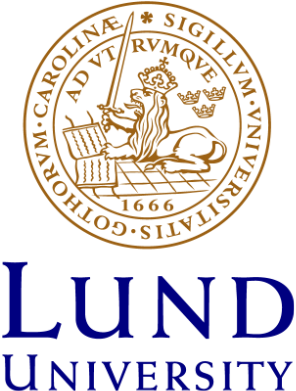AI, machine learning and large scale processing
Recording from ELLIIT tech talk 2 1 November 2022 AI, machine learning and large scale processing Introduction to the theme AI, machine learning and large scale processing Fredrik Tufvesson, Johan Wester Privacy-Preserving Machine Learning The use of AI and machine learning in different areas increase, but how can we ensure that we have ethical, reliable and privacy-preserving AI? Fredik Heintz gu
https://www.ai.lu.se/2022-11-01b - 2025-07-25
